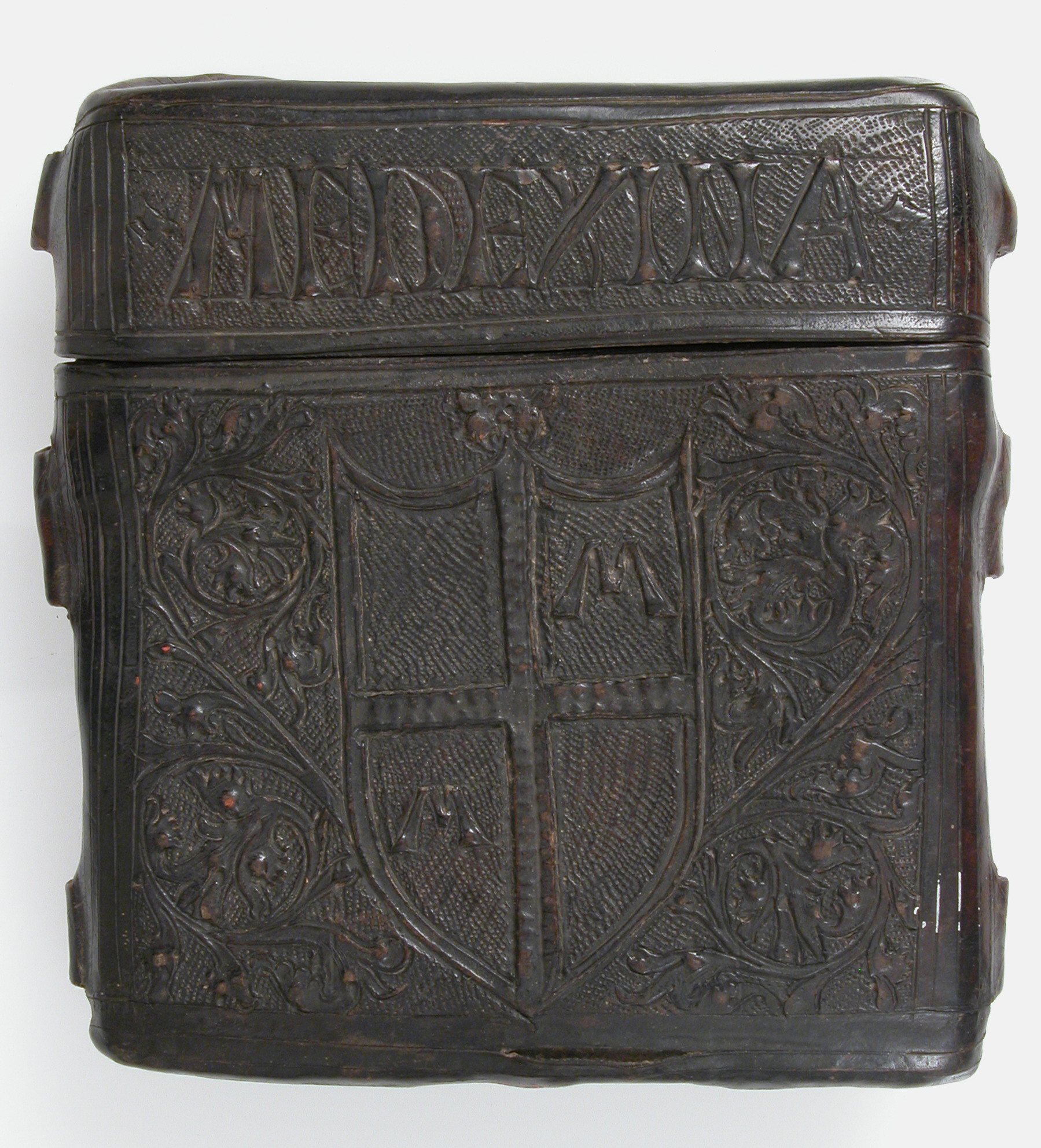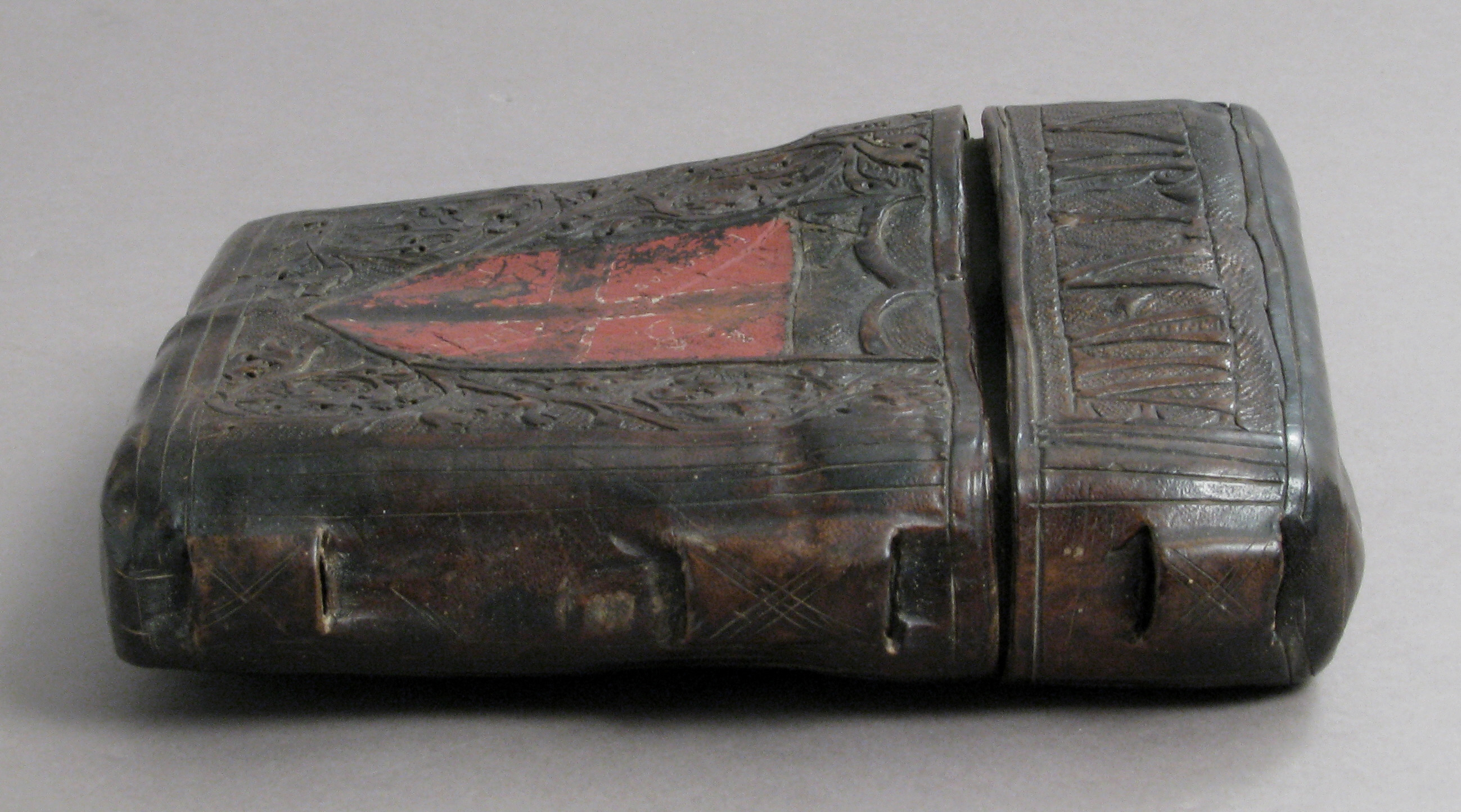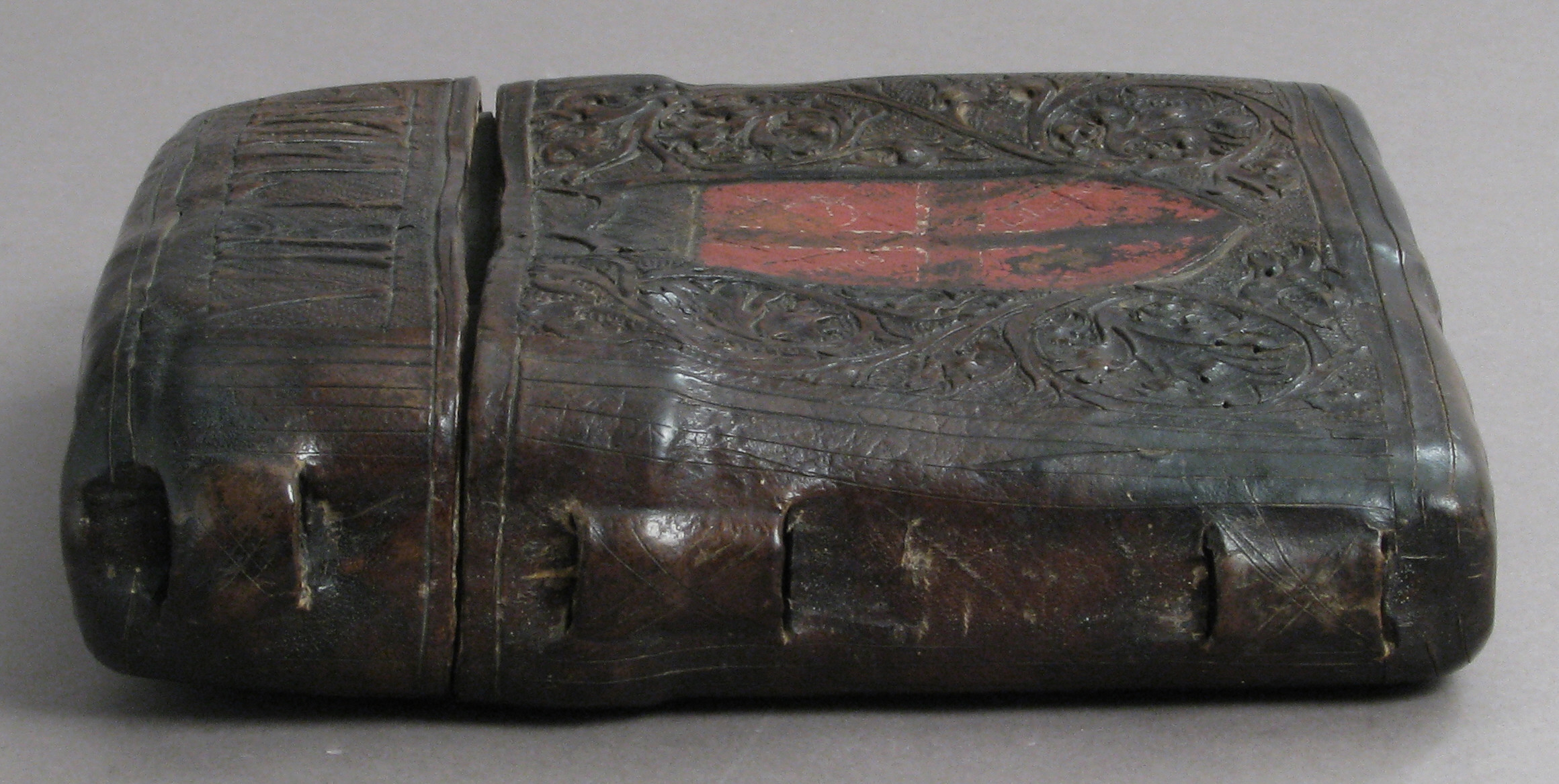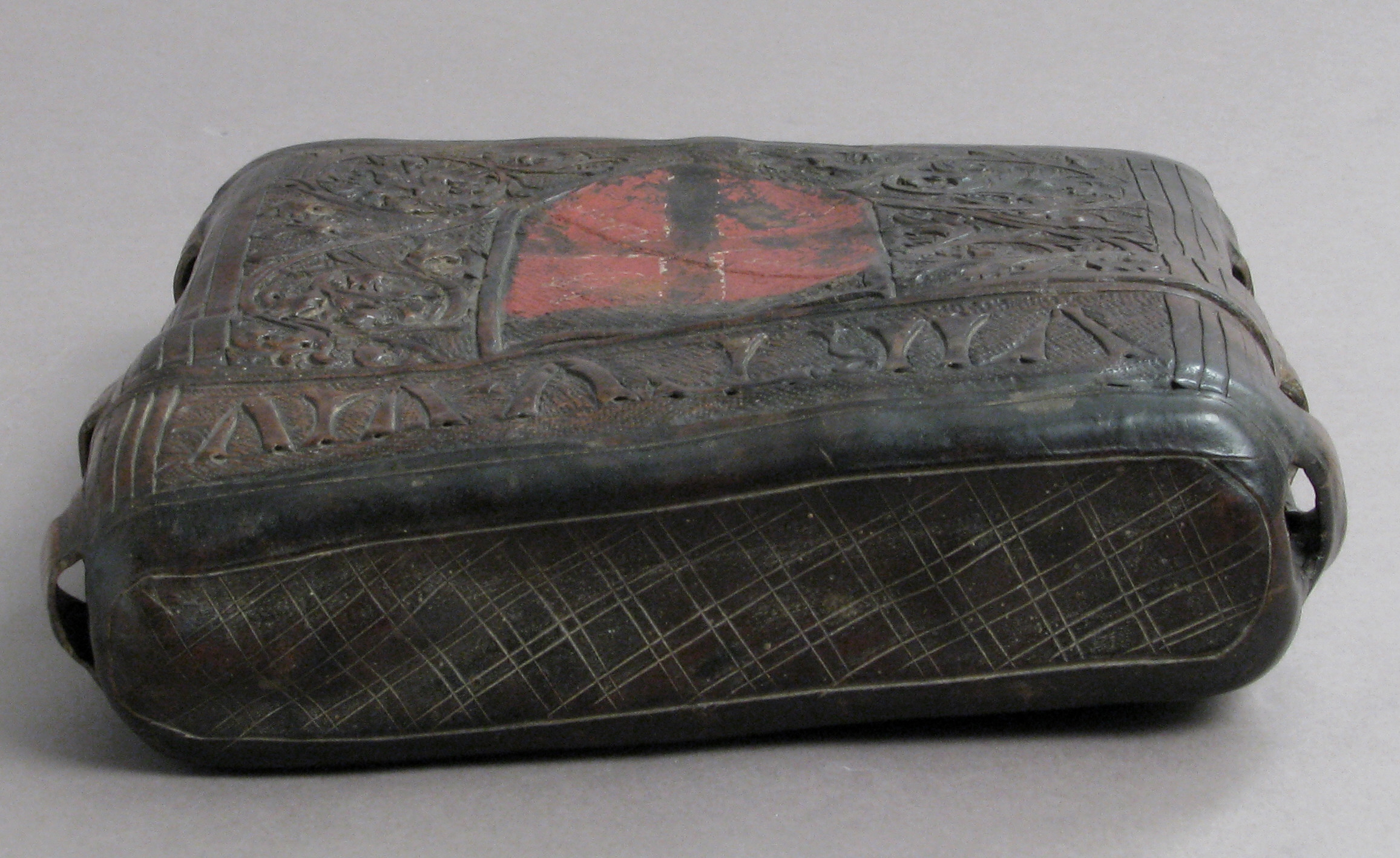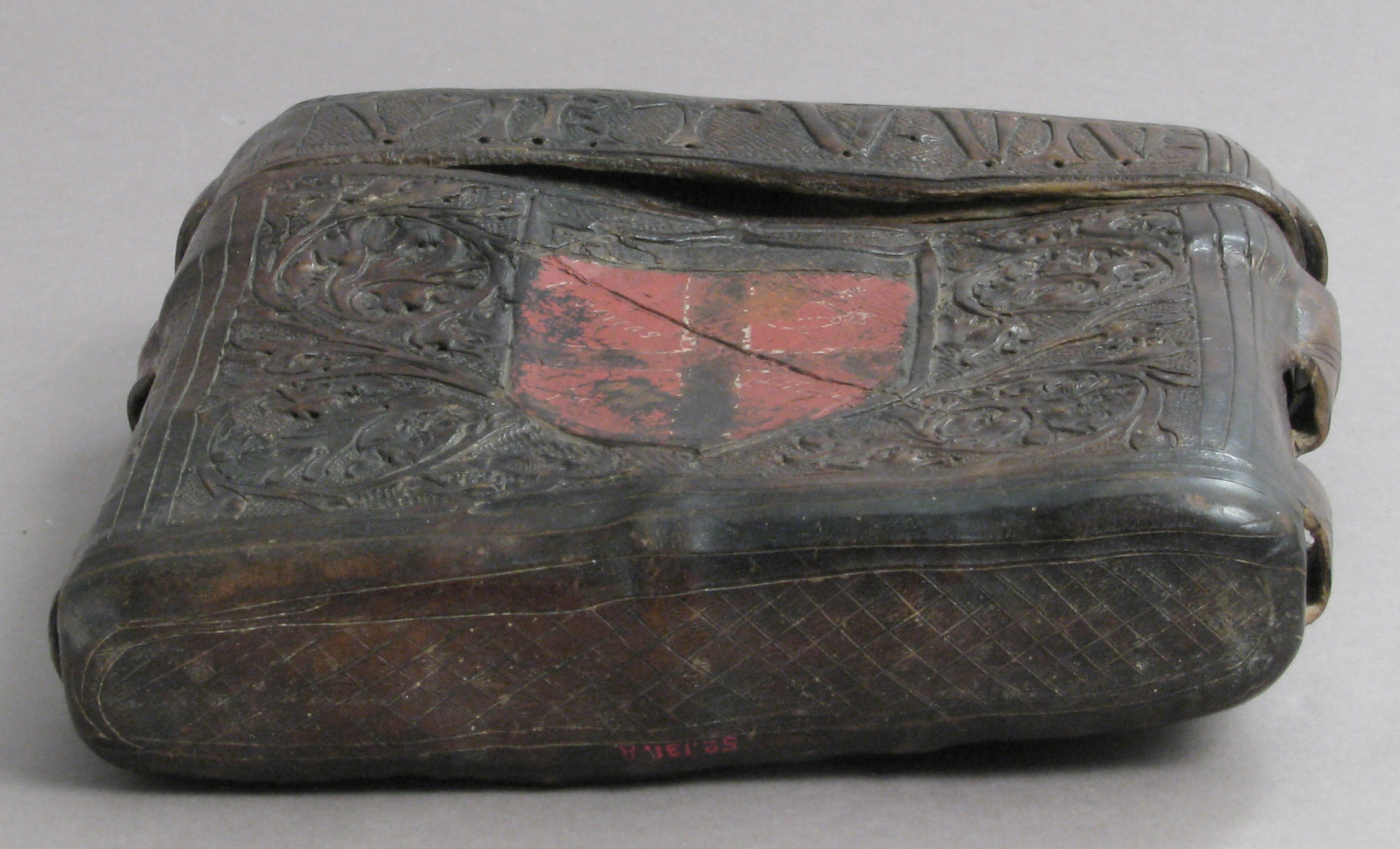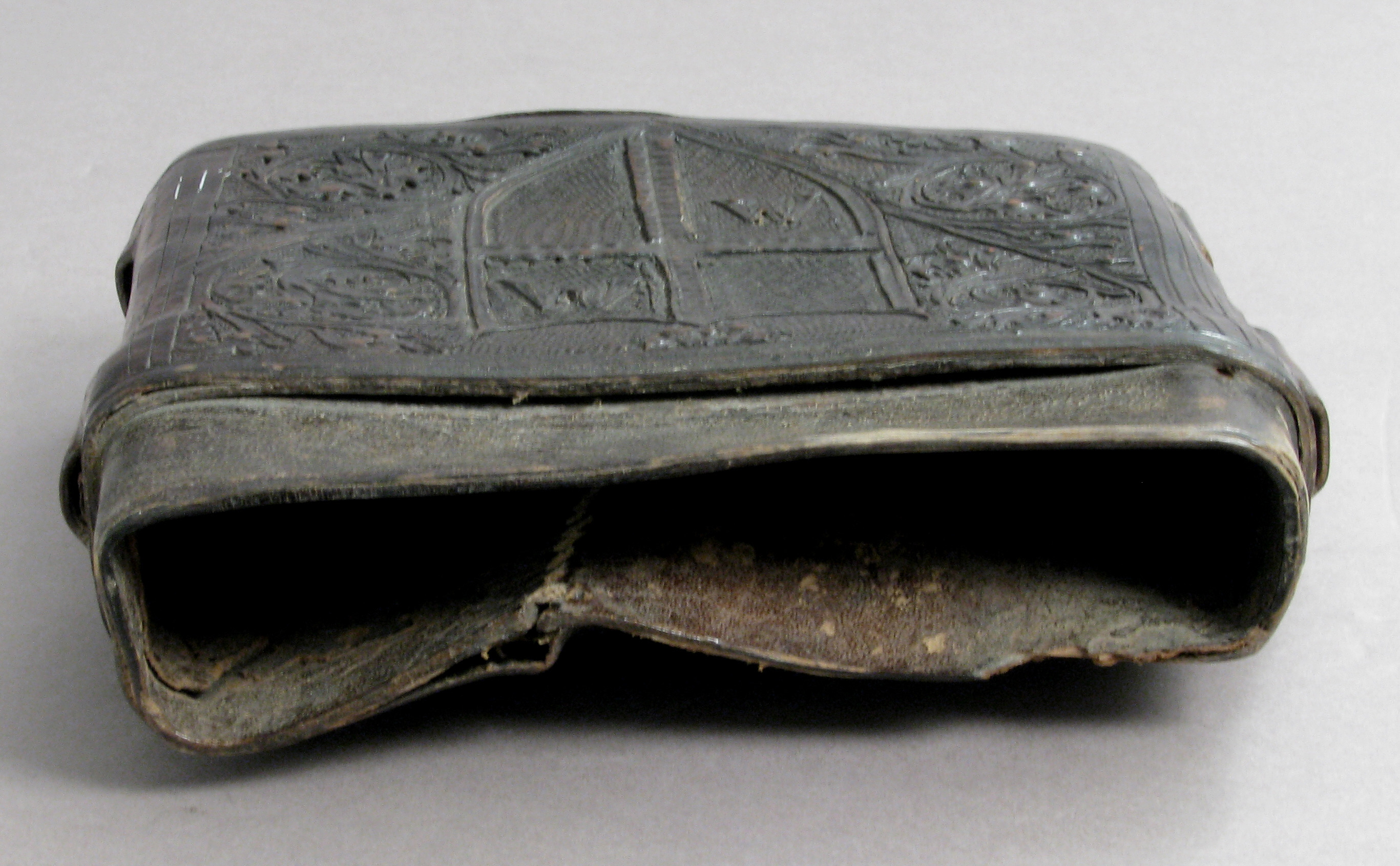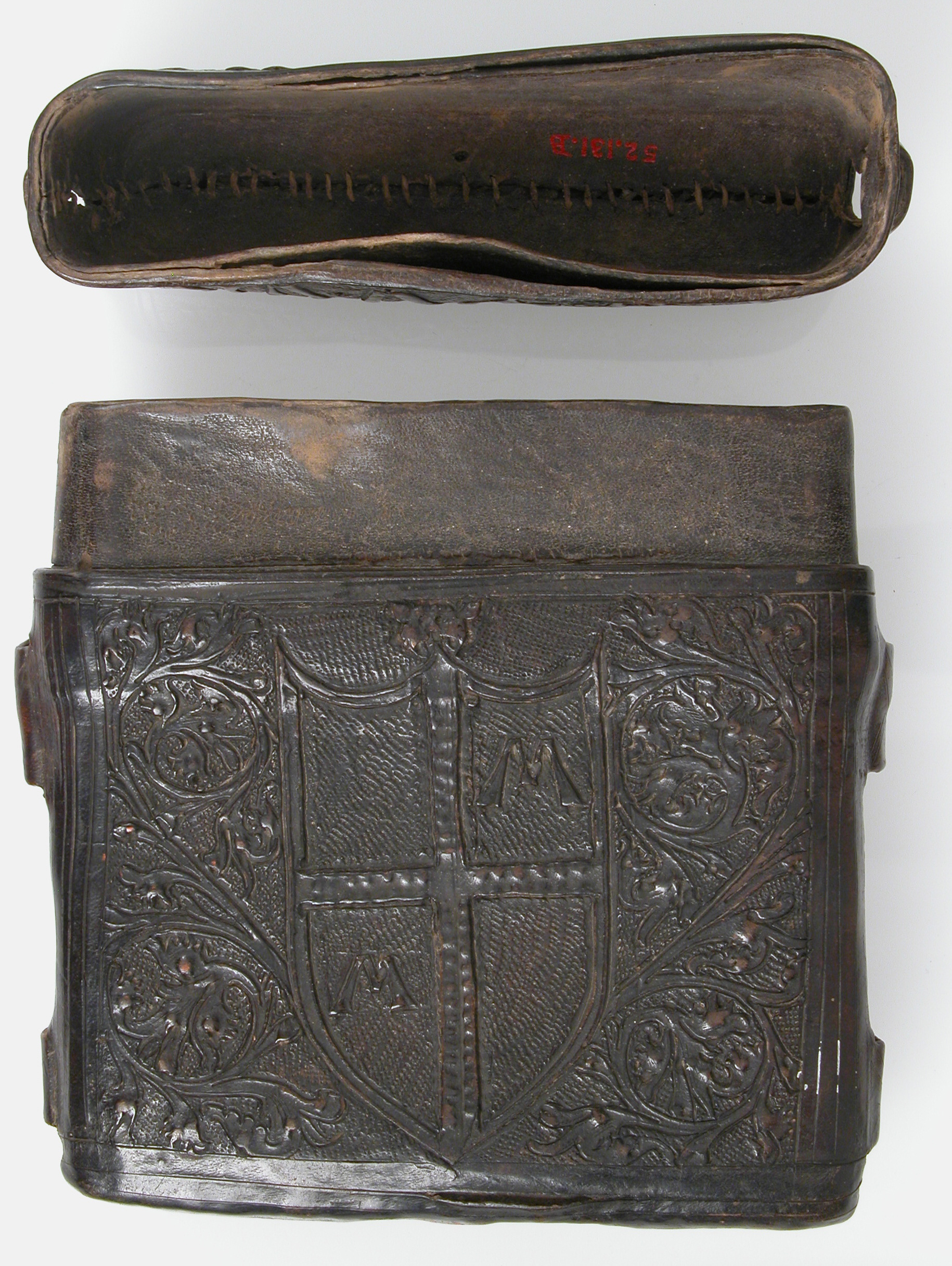Book Box
During the Norman rule of the eleventh century, southern Italy, particularly Salerno and its neighboring cities, developed, under Arabic influence, into a major center of medieval studies. By the twelfth century, much of the extant medieval knowledge had been complied in alphabetical compendia, which served as a basis of knowledge for the ensuing centuries of the Middle Ages. While the compendia, herbals, and the like reflected a considerable scientific knowledge, medical practices were still influenced by superstitions, horoscopic prognostications, and traditional remedies. Consequently, late medieval texts in common usage were mixtures of scientific and fallacious information. The widely circulated Gart der Gesundheit was typical, containing herbal cures of demonstrated medicinal value, some of which are still in use today, as well as more fantastic compounds such as ground unicorn horn, considered a universal cure. Nonetheless, these books were valued highly, and fitted leather cases to protect them were not unusual. While this example is too small to have held a complete herbal or compendium, the inscription: MEDIXINA VIRTU VIVE ("live by the virtue of medicine") does indicate it was used to hold a medical text of some sort. Practitioners often attached such cases to their belts as they traveled about calling on their patients.
Due to rights restrictions, this image cannot be enlarged, viewed at full screen, or downloaded.
This artwork is meant to be viewed from right to left. Scroll left to view more.


